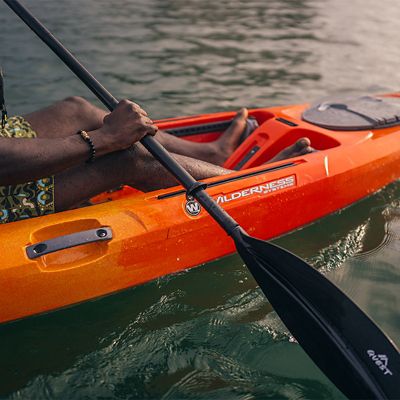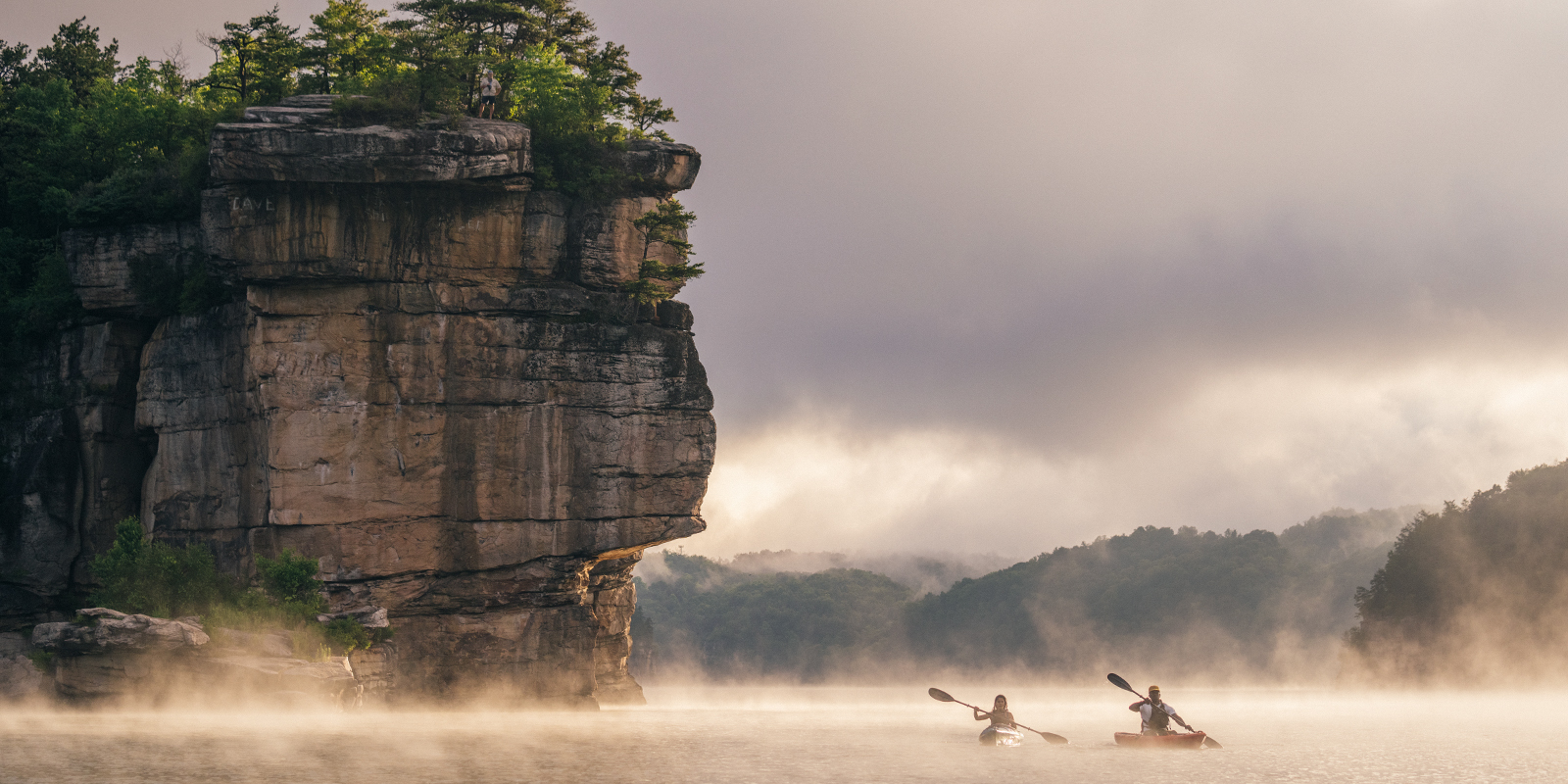
There are 840 million acres of public land in the U.S. (over one-third of the country), but the protection of America’s natural wonders extends way beyond just land. There’s water, too, and a lot of it. The Office of National Marine Sanctuaries—kind of like the underwater version of the National Park Service—manages more than 600,000 square miles (384 million acres) of marine and Great Lakes waters. Within that system are 15 designated national marine sanctuaries that hold hidden worlds beneath the surface, from sea spires and coral reefs to shipwrecks and humpback whales.
In 1972, President Nixon created the National Marine Sanctuary System to secure these underwater historic sites and areas of rich ecological value. Still, many people haven’t heard of these sanctuaries. So, what are they? The special areas are designed to “protect important marine ecosystems around the nation” all while still allowing the public to use the waters as well. Exploring a handful of the most noteworthy National Marine Sanctuaries outlined below will help you better understand and enjoy all that these preserved, protected locations have to offer.
National Marine Sanctuary of American Samoa
When you think of American Samoa, you should think of coral reefs. Across five islands and two coral atolls are large colonies of Porites coral. And beyond the 250-plus species of coral, its waters boast nearly 1,000 species of fish and 1,400 different types of marine invertebrates like sea urchins and clams. It’s also home to a coral colony—what’s known as Big Momma—that’s over 20 feet tall, 500 years old, and composed of 200 million individual corals. In addition to protecting the coral and other marine life, the sanctuary fosters the culture of the Polynesian Lapita people who reached Samoa over 3,000 years ago. Designated in 1986 and expanded to now protect some 13,581 square miles, the sanctuary also houses the pristine Rose Atoll Marine National Monument, sheltering many threatened and endangered species within its borders. Take advantage of activities to experience the best of the sanctuary, from snorkeling, fishing and diving to island hiking.
















